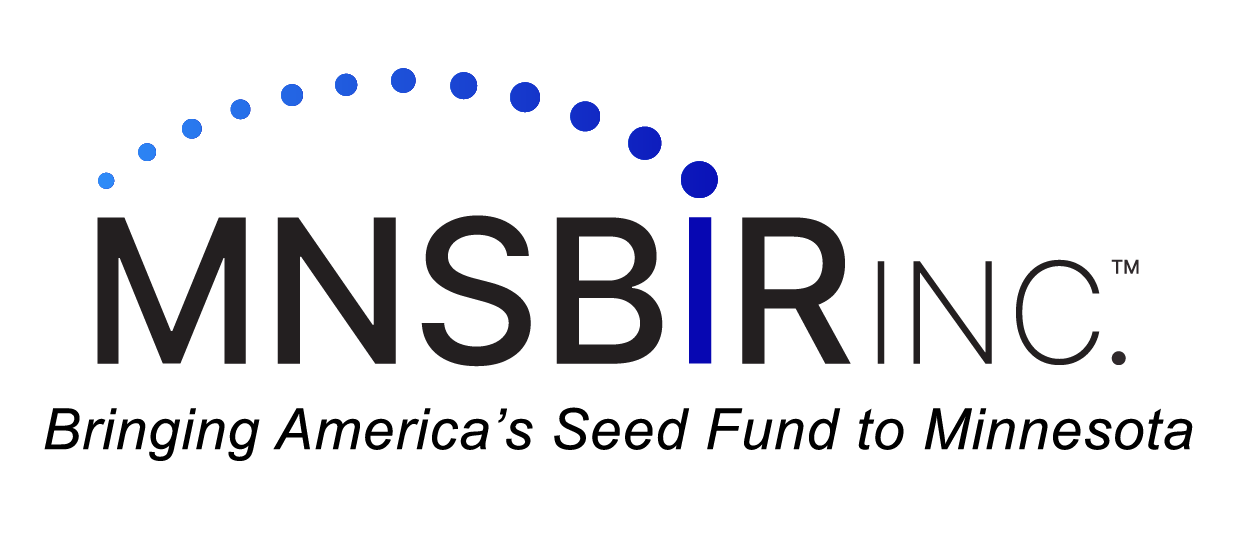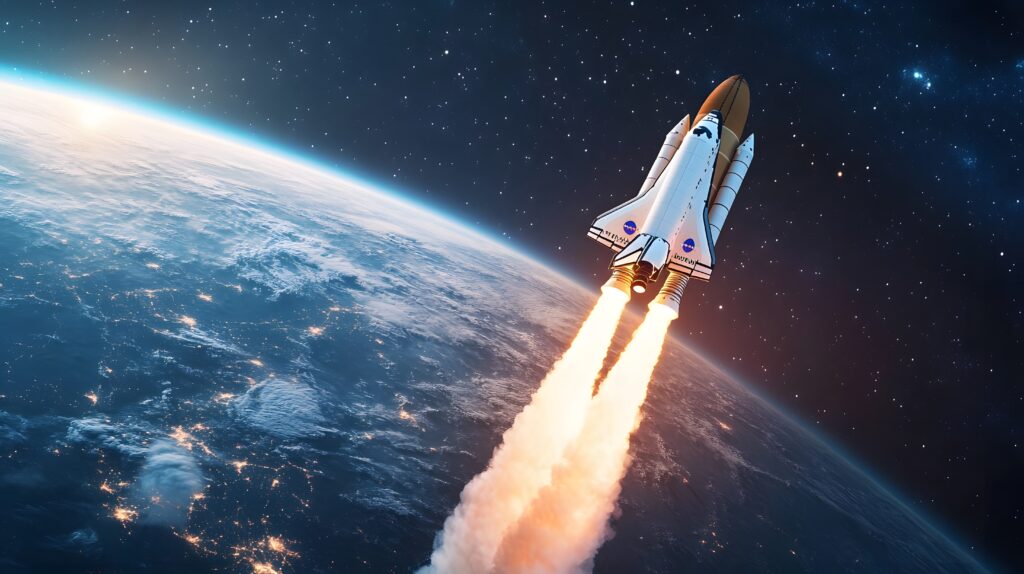National Aeronautics and Space Administration (NASA): The 2025 SBIR & STTR Phase I Solicitations
Opened: January 7.
Updated: 2/21/2025
Application Deadline
March 10, 2025
Key Resources
- Download Solicitations: 2025 NASA SBIR/STTR Solicitations (Opened January 7, 2025)
- See Feb 19 Modifications below
- Webinars: 2025 NASA SBIR/STTR Phase I Subtopic Ask Me Anything (AMA) Webinars
Registrations:
- Ensure you have the following registrations complete and up to date. If you are not registered, NASA recommends you start immediately.
• SAM.gov registration at https://sam.gov/. You must have a unique Entity Identifier (UEI)
• Registration with the SBIR Firm Registry at https://www.sbir.gov/registration - Proposal Submissions and Award Management System (ProSAMS) is used to submit a proposal package. ProSAMS requires firm registration and login and provides a secure connection. To access ProSAMS, go to https://prosams.nasa.gov/.
Program Highlights
Phase I is the jumping off point for most small businesses and research institutions working with the program. It is known as the “idea generation” phase, during which small businesses (and their research institution partners in STTR) establish the scientific, technical, commercial merit and feasibility of the proposed innovation. Phase I projects should demonstrate technical feasibility of the proposed innovation and the potential for use in a NASA program or mission and/or the commercial market. The NASA SBIR Program does not make awards solely directed toward system studies, market research, routine engineering, development of existing product(s), proven concepts, or modifications of existing products without substantive innovation.
- Average Individual Award Range: $150,000
- SBIR Period of Performance: 6 months
- STTR Period of Performance: 13 months
- Anticipated Number of Awards: NASA does not estimate an exact number of anticipated Phase I contract awards; however, the table below reflects the historical information for the program.
| Year | Number of SBIR
Phase I Proposals Evaluated |
Number of SBIR
Phase I Selections |
Percentage of SBIR
Phase I Selection |
| 2024 | 1,307 | 248 | 18.9% |
| 2023 | 1,311 | 250 | 19.0% |
| 2022 | 1,392 | 280 | 20.1% |
On June 7, 2024, NASA selected 248 proposals from small businesses across the country to receive nearly $45 million in Phase I awards.


